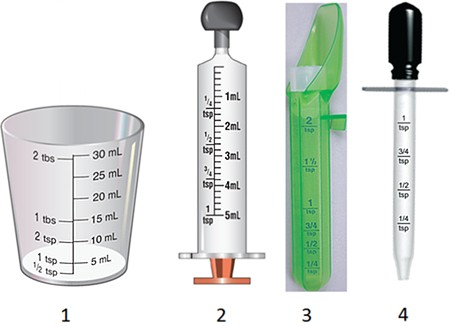A neonatal nurse who is caring for newborns suggests the best time for a mother to first attempt breastfeeding is during which of the following stages of activity?
A.
First period of inactivity and sleep
B.
First period of reactivity
C.
Second period of inactivity and sleep
D.
Second period of reactivity
ANS: B
The best stage for initiating breastfeeding is the first period of reactivity, which is the first period of active alert wakefulness that the infant displays immediately after birth. This first period of reactivity is an opportune time for the mother to initiate breastfeeding, if she wishes to do so.
You might also like to view...
A hospital-based nurse researcher at Hospital A conducts experimental research on a rotating bed and its effect on prevention of pressure ulcers in hip fracture patients over 80 years of age with cognitive functional impairment
Because there are so few patients over 80 with fractured hips and cognitive functional impairment, and because the researcher anticipates problems with obtaining consent, a convenience sample is utilized and every patient who meets the criteria and consents is used in the study. The bed, although expensive, is found to be much more effective in preventing pressure ulcers in this population than is turning alone. The study is published. What are the implications of applying these findings, considering the researcher's use of a convenience sample? (Select all that apply.) a. The findings can be applied to similar patients who come to Hospital A, with the understanding that data collection will continue and represent a second study, since the research is unreplicated. b. The findings may be applicable to similar patients who come to Hospital B, but without replication, this use cannot be mandated in the research report. c. The rotating bed should not be used outside of Hospital A at all until a replication study is conducted. d. The study findings probably represent a type I error. It is doubtful that use of a rotating bed could produce significant findings with a convenience sample. e. The widespread use of the rotating bed has not been supported. f. Generalization is appropriate only extremely cautiously and in the same site in which the study was conducted, with tracking of subsequent data.
Which of the following statements regarding allocative policies are true? Select all that apply
a. Allocative policies are an area in which we see distributive justice in practice. b. Allocative policies are essentially economic in nature. c. Allocative policies determine what programs are funded. d. Medicare and Medicaid are the most well-known allocative health policies. e. Allocative policies are those designed to direct the actions, behaviors, and decisions of individuals or groups.
The nurse is preparing to provide a subcutaneous injection. The nurse's technique would correctly include
1. Pointing the bevel of the needle up before piercing the skin. 2. Selecting a 14 gauge, 1-1/2?8" needle. 3. Placing the total dose of 2.5 mL medication in one syringe. 4. Donning sterile gloves.
Mrs. Maple reports that she is having difficulty with her 4-year-old taking medicine from the cup provided with the medication. The child may take the medication better if she uses which of these devices? 
A. 1 B. 2 C. 3 D. 4